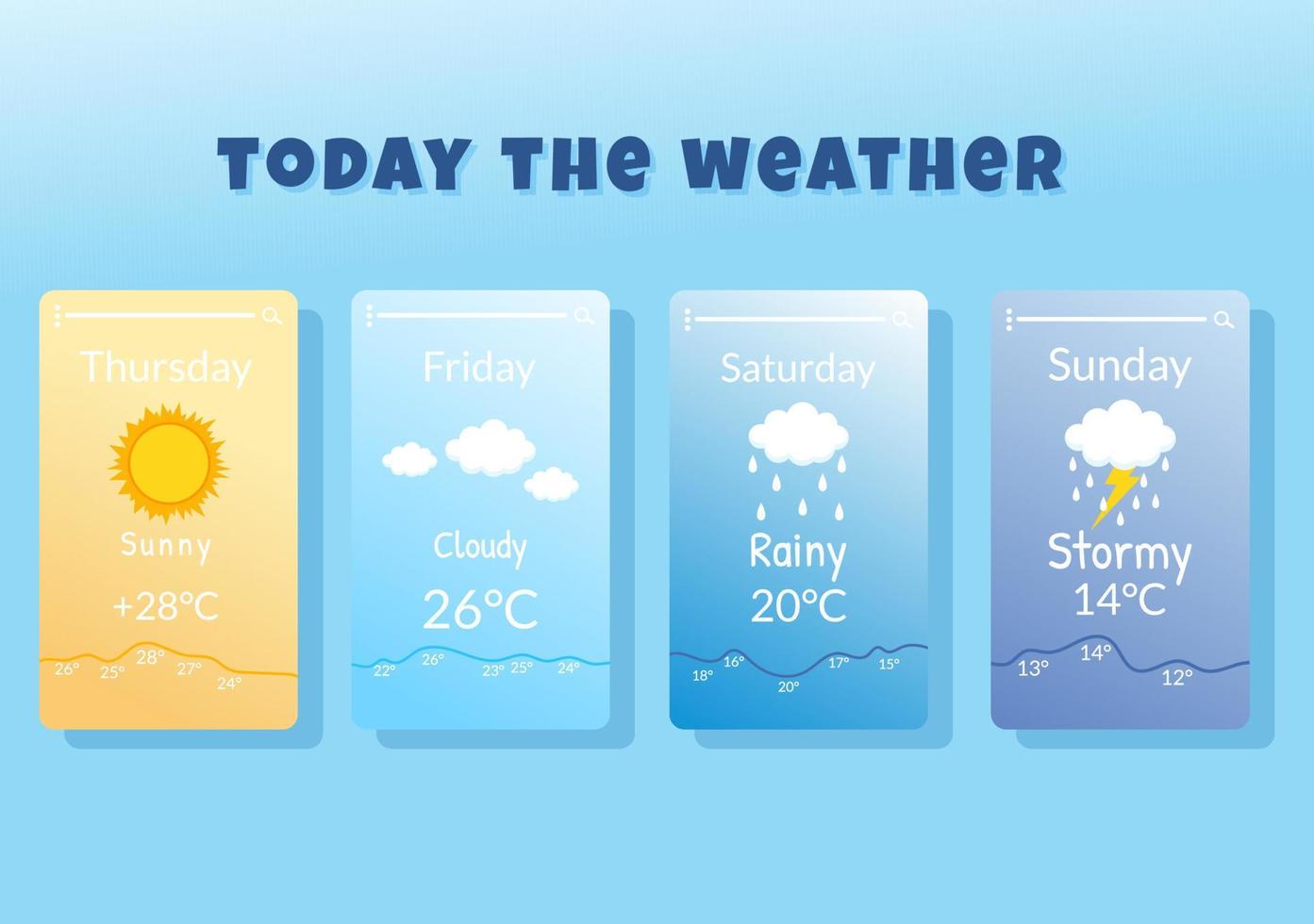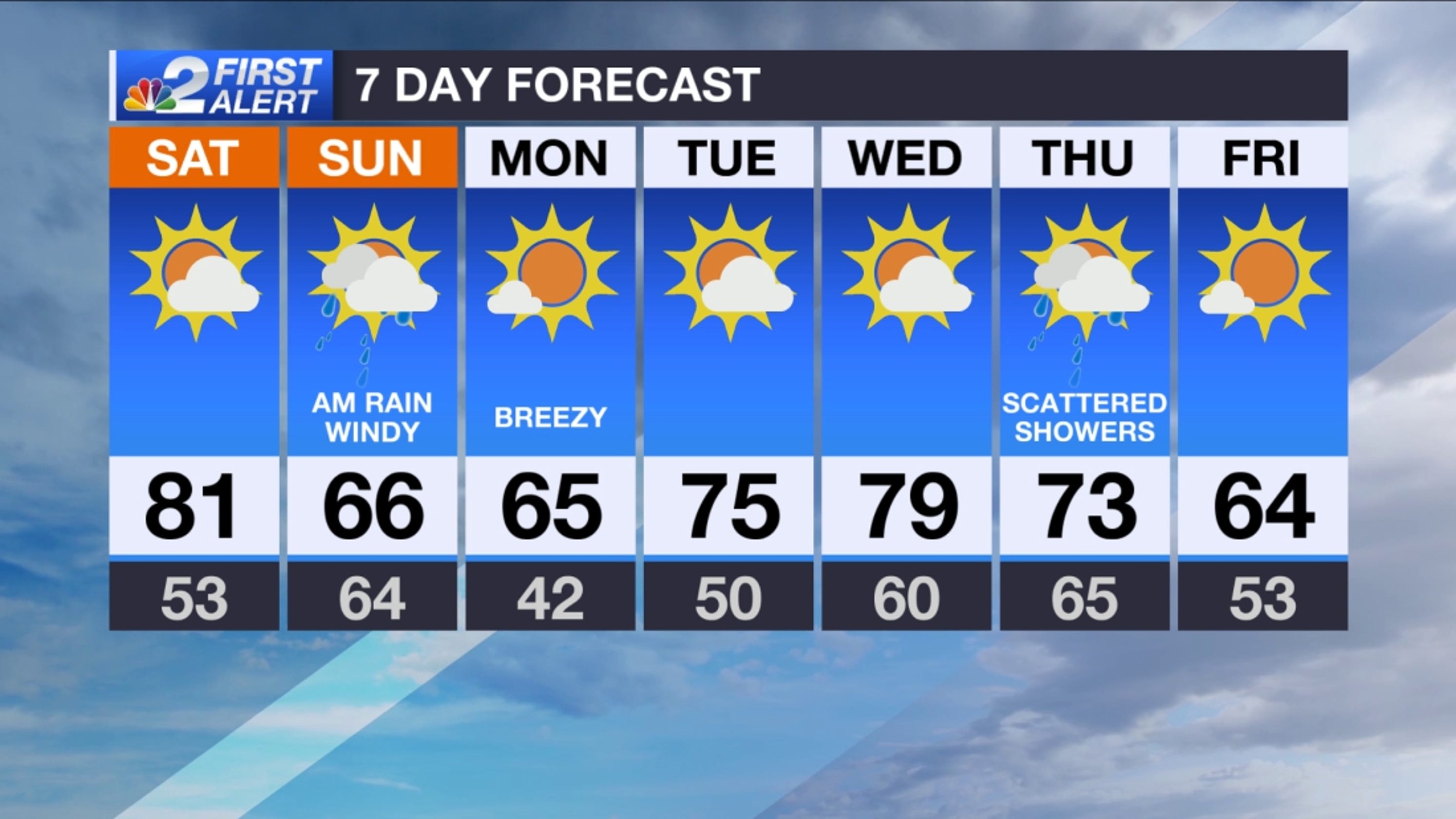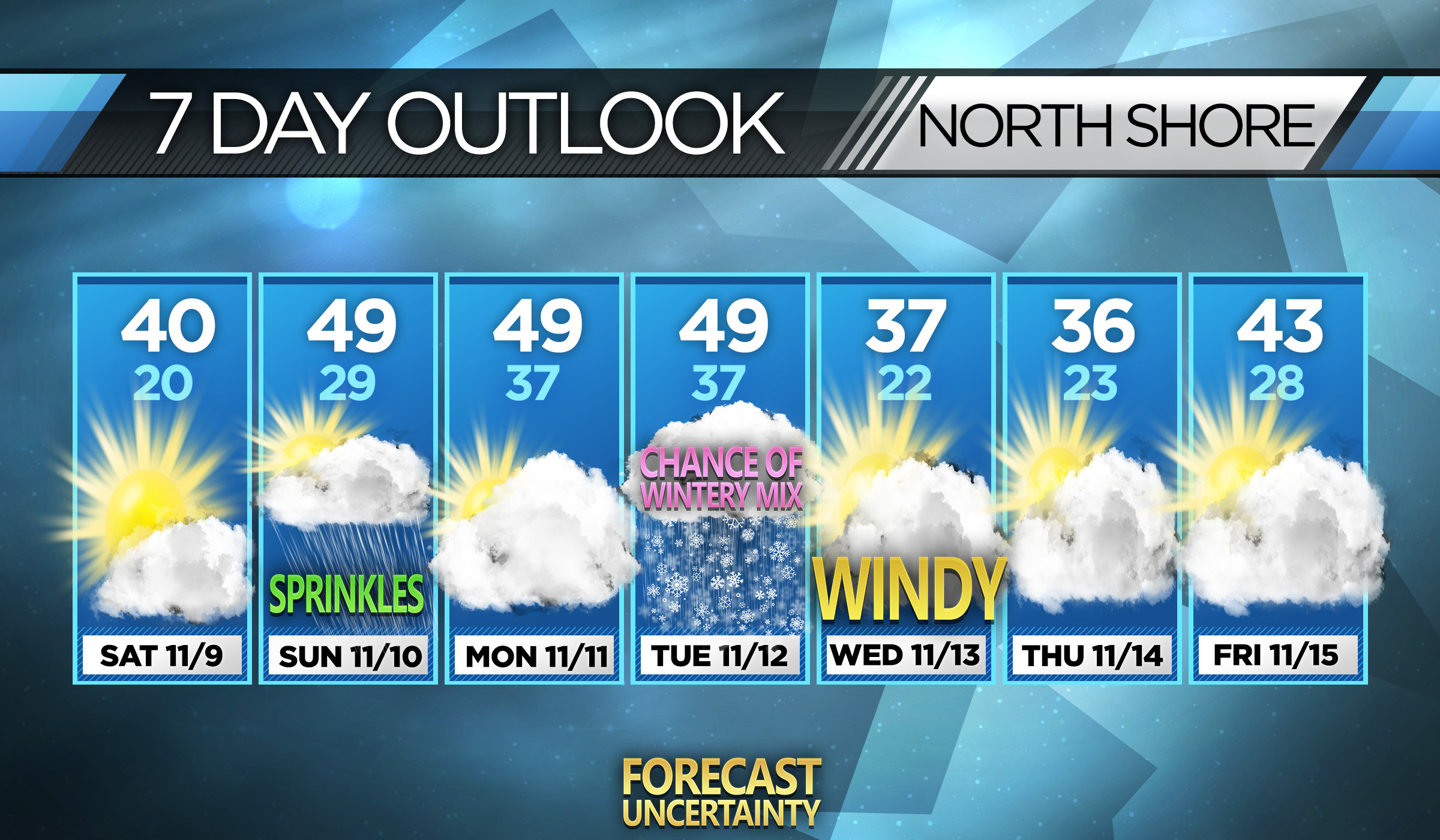When the crack of the bat meets the roar of the crowd, baseball truly comes alive, and for fans, there's little quite like a day at the ballpark. Yet, that perfect afternoon or evening can, in a way, hinge entirely on what the sky decides to do. From a gentle breeze helping a fly ball sail a bit further to a sudden downpour bringing everything to a halt, the conditions above the field play a surprisingly big part in how the game unfolds.
Baseball, being an outdoor sport, is very much at the mercy of Mother Nature. A sunny, warm day offers ideal playing conditions, making for a pleasant experience for everyone watching, and allowing players to perform at their best. On the other hand, cooler temperatures, strong winds, or even just a little drizzle can really change things up, affecting everything from pitching grips to outfield catches.
This connection between the game and the atmosphere means that knowing what the weather might bring is, you know, pretty important for players, teams, and especially for those of us eager to catch a game. It influences travel plans, whether to bring a jacket, or if we should even head to the stadium at all. So, understanding how we get a good weather MLB forecast becomes a real point of interest for anyone who follows the sport.
- Quinton Boisclair
- Marjorie Bach Walsh
- Chatgpt Plus Subscription Iran
- Chatgpt Plus Availability Iran
- Chatgpt Subscription Price Iran
Table of Contents
- How Does a Weather MLB Forecast Come Together?
- Why Is an Accurate Weather MLB Forecast So Important?
- The Quest for the Most Realistic Weather MLB Forecast
- What Happens When the Weather MLB Forecast Is Off?
- Dealing with the Unexpected in Weather MLB Forecast
- How Do Teams Use the Weather MLB Forecast?
- The Human Element in Weather MLB Forecast
- Looking Ahead for Weather MLB Forecast
How Does a Weather MLB Forecast Come Together?
You might wonder, you know, how exactly do they figure out what the weather will be like for a baseball game? It’s a bit more involved than just looking out the window. Meteorologists, those folks who study the atmosphere, pull in a ton of information from many different sources. They use things like satellite images, which show big cloud patterns moving across the country, and radar systems that pick up on rain or snow. These systems are, in some respects, pretty sensitive, picking up even tiny bits of moisture in the air.
Beyond those, there are ground stations all over the place, collecting details about temperature, how much moisture is in the air, and wind speed. All this raw information then gets fed into very powerful computer models. These models are basically incredibly complex math problems that try to guess how the atmosphere will behave in the coming hours or days. It's almost like trying to predict how a huge, swirling pot of soup will move, but with air instead of soup.
The goal, of course, is to get a picture that's as clear as possible, so that when someone asks about the weather MLB forecast for tonight's game, there's a good answer. Sometimes, you know, these models have a hard time agreeing, which is where the human touch comes in. Forecasters look at all the different model outputs and use their experience to make the best call. It’s a bit of an art, really, combining science with a seasoned eye for what the atmosphere is likely to do.
- Celeste Ackelson Nude
- Mlb Weather Forecast
- Teach Me First Ep 5
- Jamie Oliver Public Figure Latest
- Buy Chatgpt Plus Iran Payment Method
Why Is an Accurate Weather MLB Forecast So Important?
Getting the weather MLB forecast right for a baseball game is, you know, actually a pretty big deal for a whole bunch of reasons. For starters, there's the safety of everyone involved. Players, umpires, and fans are all out there in the open. If there's a chance of lightning, or really strong winds, or even just heavy rain, knowing that ahead of time helps stadium staff make good decisions about delays or cancellations. Nobody wants to be caught off guard by a sudden storm.
Then there's the whole fan experience. Imagine planning your day around going to a game, maybe driving a fair distance, only for it to be called off at the last minute because of unexpected rain. That's, like, a real letdown. A good forecast helps fans decide what to wear, whether to bring an umbrella, or if they should even leave home. It also lets them know if they might need to reschedule their plans entirely.
And for the teams themselves, a precise weather MLB forecast is very helpful. It can influence how they prepare for a game. If it's going to be windy, maybe they'll think about hitting more ground balls. If it's going to be cold, pitchers might need more time to warm up their arms. These small details, you know, can really add up over the course of a nine-inning contest. It's about being prepared for whatever conditions the day might bring.
The Quest for the Most Realistic Weather MLB Forecast
People are always, you know, looking for the best possible weather information, whether it's for their daily lives or for something specific like a baseball game. This desire for the "most realistic" weather MLB forecast is a constant pursuit. It's not just about knowing if it will rain, but also about the details: how much rain, for how long, and when exactly it will start and stop. These specifics really matter when you're trying to play a game outdoors.
The challenge is that weather is, you know, inherently complex and can be quite localized. What's happening on one side of a city might be completely different from what's happening on the other, even just a few miles away. This makes pinpointing conditions for a single ballpark, which is a relatively small area, quite tricky. Forecasters are constantly working to improve their models and their methods to capture these subtle differences.
It's a bit like trying to get a very clear picture of something that's always moving and changing. They're always trying to refine the data they collect and the way their computers process it, hoping to get that forecast just a little bit closer to what actually happens. This ongoing effort is, as a matter of fact, what drives the improvements we see in predicting game-day conditions.
What Happens When the Weather MLB Forecast Is Off?
Even with all the sophisticated tools and smart people working on it, sometimes, you know, the weather MLB forecast just doesn't quite hit the mark. This can be pretty frustrating for everyone involved. For fans, it might mean showing up to a sunny stadium only for a sudden storm to roll in, leading to a delay or even a game being called off. It’s a bummer, to be honest, when your plans get messed up like that.
For the teams and the league, an inaccurate forecast can lead to a lot of logistical headaches. Deciding to delay or postpone a game is a big deal. It affects player schedules, travel plans for visiting teams, and stadium operations. If they call a game off too early and the weather clears up, that's a lost opportunity for revenue and for fans to see a game. If they wait too long and a storm hits, then there are safety concerns and a scramble to get everyone to cover.
The atmosphere is, you know, notoriously difficult to predict with absolute certainty, especially when dealing with smaller, more localized events like pop-up thunderstorms. These can appear seemingly out of nowhere, defying even the most advanced models. So, while forecasters do their best, there's always that chance that nature will throw a curveball, so to speak.
Dealing with the Unexpected in Weather MLB Forecast
Because the weather MLB forecast isn't always perfect, teams and stadium staff have to be pretty good at reacting quickly when things don't go as planned. This means having contingency plans for different weather scenarios. For example, if there's a chance of rain, they might have tarps ready to cover the field at a moment's notice. Or, if lightning is detected nearby, they'll have protocols for getting fans to safe areas inside the stadium.
Sometimes, you know, a game might be paused mid-play if a sudden downpour begins. This leads to what's called a "rain delay," where everyone waits to see if the conditions improve enough to finish the game. These delays can last a long time, and sometimes, if the weather just won't let up, the game has to be suspended and finished another day, or even called off entirely, with the score standing as it was.
It’s a constant balancing act between trying to play the game and ensuring everyone's safety. The goal is, you know, to keep things as smooth as possible, even when the weather decides to be a bit unpredictable. This is where good communication from stadium officials and clear information about the weather MLB forecast becomes really important for fans.
How Do Teams Use the Weather MLB Forecast?
Baseball teams, you know, actually pay quite a bit of attention to the weather MLB forecast. It's not just about knowing if a game will be played; it can also influence strategy. For instance, if there's a strong wind blowing out towards the outfield, a team might decide to try for more home runs, knowing the wind could help carry the ball over the fence. Conversely, if the wind is blowing in, they might focus more on hitting line drives or ground balls.
Pitchers, too, are affected by the conditions. A cold day can make it harder to get a good grip on the ball, potentially affecting their control. A humid day might make the ball feel a bit heavier, changing how it moves through the air. These subtle differences, you know, are things that players and coaches discuss and try to account for in their game plan.
Beyond the game itself, the weather MLB forecast also impacts team travel. If a team is flying to another city for a series, knowing about potential storms or heavy fog at their destination can help them adjust their flight times or even their travel routes to avoid delays. It's all part of the bigger picture of managing a professional sports team.
The Human Element in Weather MLB Forecast
While we talk a lot about computer models and data, it's really important to remember that human meteorologists are at the heart of every weather MLB forecast. They're the ones who interpret all that raw information, make sense of conflicting model outputs, and add their own expertise. They've seen how weather patterns behave over many years, and that experience is, you know, incredibly valuable.
These forecasters are constantly watching the skies, looking at real-time radar, and talking to each other to get the clearest possible picture. They understand that a forecast isn't just a number or a symbol; it has real consequences for people's plans and for the game itself. Their job is to communicate what they see in a way that's easy for everyone to understand.
So, when you check the weather MLB forecast before heading to the ballpark, know that there's a dedicated person, or a team of people, behind that prediction, doing their best to give you the most accurate information possible. It's a blend of high-tech tools and very human judgment, working together to predict something as complex as the atmosphere.
Looking Ahead for Weather MLB Forecast
The way we get a weather MLB forecast is always, you know, getting better. Scientists and technologists are constantly working on new ways to collect information and improve the computer models. This means we can expect even more precise and timely predictions in the years to come. Things like better satellite coverage and more powerful supercomputers will help paint an even clearer picture of what the sky might bring.
There's also a growing focus on hyper-local forecasting, which means getting incredibly specific about conditions right down to the neighborhood level, or even just for a single stadium. This kind of detail is, you know, incredibly useful for something like a baseball game, where a storm might hit one part of a city but miss the ballpark entirely.
Ultimately, the goal is to make sure that everyone, from the players on the field to the fans in the stands, has the best possible idea of what to expect from the weather. This ongoing effort to refine the weather MLB forecast helps ensure that baseball remains a fun and safe experience, no matter what the clouds decide to do.
This discussion has covered how weather forecasts for MLB games are put together, why getting them right is so important for safety and the fan experience, and the continuous effort to make them more precise. We also touched on the challenges when forecasts are off and how teams and stadiums prepare for unexpected atmospheric events, along with the human role in interpreting complex data.
- Buy Chatgpt Plus From Iran
- Chatgpt Plus Subscription Iran Payment Method
- Ashia Sofey Naked
- Is George Reeves And Christopher Reeves Related
- Connie Francis Current Health



